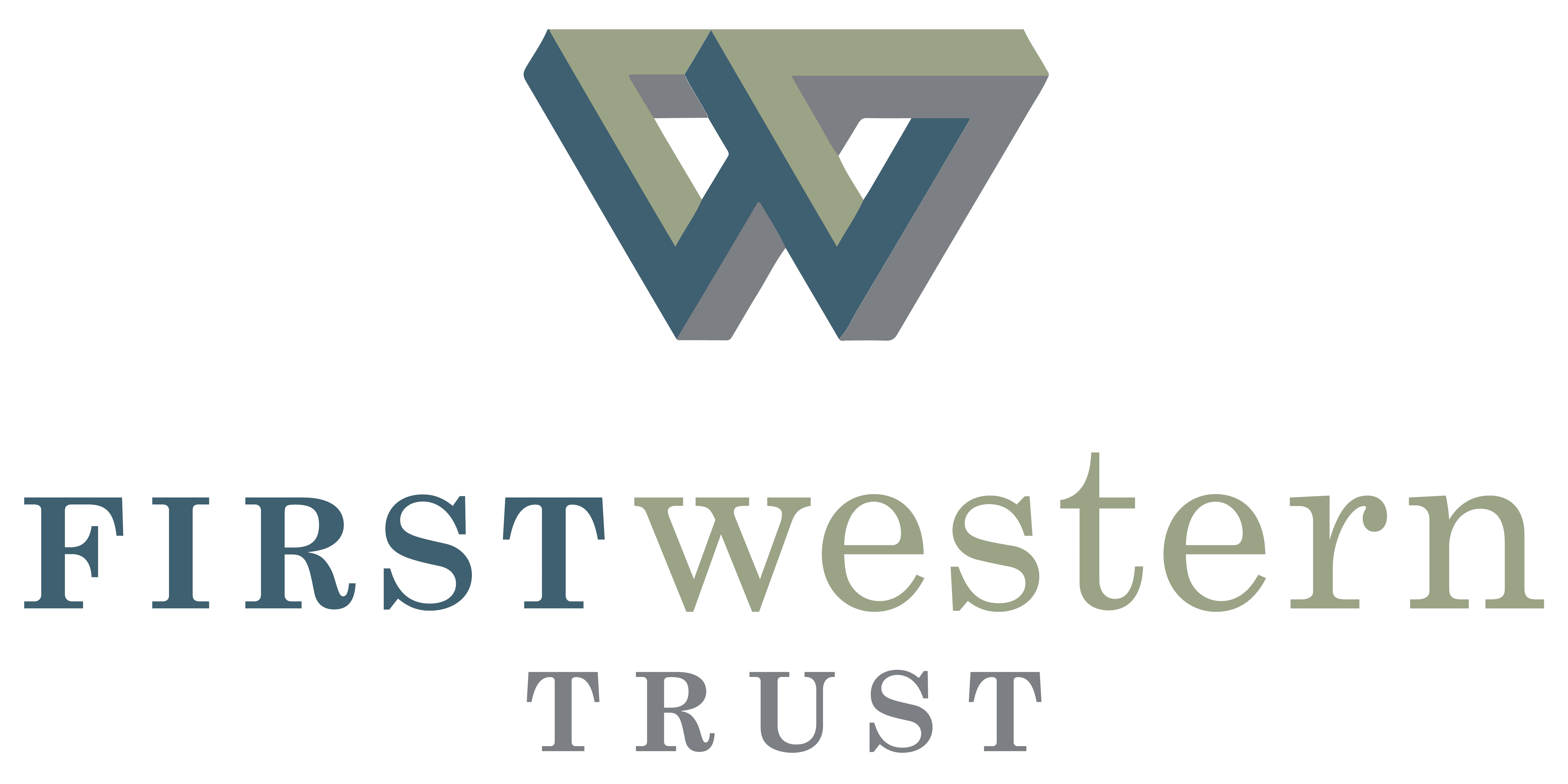
Using Checks in a Digital Age
October 12, 2022
Credit cards and other digital payment methods are so prevalent today that checks may seem like a relic of history. Not so! Banks still process 10 to 15 billion checks annually. The bad news is that checks are still a top target for attempted and actual fraud. Most companies report an increasing level of check fraud year over year.
Check fraud is typically perpetrated in two ways:
- Altered checks. Fraudsters steal legitimate, signed checks and alter the payee or amount. Fraudulent checks are often cashed before an account holder even discovers that the check never made it to the intended recipient.
- Counterfeit checks. Fraudsters steal basic account information and use it to create fake business checks. Within hours, criminals can produce hundreds of genuine-looking checks and clean out a checking account.
When a business falls victim to check fraud, it has lost not only money but also customer and vendor confidence, time, and productivity. The work required to close accounts, issue stop payments on outstanding checks, and reissue payments is onerous. In the end, a business’s reputation is on the line.
Here are six ways to prevent loss from altered, forged, and counterfeit checks:
- Order checks from a reputable source. This point seems obvious, but there is a good reason to do so. Banks, for example, usually include security features on checks that some online retailers do not to help mitigate counterfeiting and alteration risk. These features may include watermarks that are hard for fraudsters to duplicate and reactive paper and ink that can alert the bank to check tampering.
- Fill out the check correctly. When completing the payee field, use the company’s full legal name. For example, if the payee is the Internal Revenue Service, do not abbreviate it as IRS. Also, write the check amount in both numbers and words and spell out the amount completely. For example, on a check for $10,548.22, spell it out as “Ten thousand four hundred fifty-eight dollars and 22/100” to make it harder for fraudsters to “raise” or alter the check amount.
- Do not leave space in check writing areas. If the check details do not take up the entire box or line, use a line that extends to the end of the box or amount area to prevent fraudsters from raising or altering the check by adding an extra digit or adding an alternative payee. Filling out a check accurately and fully reduces the risk of alteration or raising should it get into the wrong hands.
- Keep checks and account information secure. Keep the supply of checks, statements, and other account information under lock and key. For businesses, limit the number of employees accessing checks and account information and train responsible employees to protect this information. Secure voided checks to ensure they do not fall into the wrong hands.
- Segregate essential accounting duties. Simple duty segregation practices can help eliminate internal fraud. For example, the Accounts Payable employee should not be authorized to sign checks or reconcile the bank account. Authorized check signers should not have access to blank check stock or be able to enter transactions into the accounting system. Keep check signature stamps under safekeeping so no unauthorized employees can sign checks.
- Reconcile accounts monthly and review activity frequently. Timely detection of unauthorized charges can limit losses. Reporting a discrepancy to the financial institution as soon as it is noticed can prevent further fraud and help expedite resolution.
- Reduce the use of checks. Consumers and businesses should look for ways to reduce check writing and utilize more secure, easily blocked, or refundable payment methods, such as ACH payments, wire transfers, and debit or credit cards.
- Use POSITIVE PAY. Hands down, the best method for protecting a business checking account is to use the Positive Pay service, which is available through First Western Trust. With positive pay, a company can authorize check payments in real time, and any fraudulent issues are sent to the bank for immediate return. Positive pay is an essential tool to prevent losses from check fraud. Ask your Private Banker about it today!

















